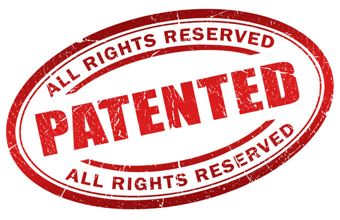The protection of intellectual property rights, particularly patents, is essential to promote innovation, encourage investment, and support economic growth. However, patent disputes can be complex and costly, and traditional litigation is not always the most effective means of resolving them. Alternative dispute resolution methods, such as mediation and arbitration, have become increasingly popular in recent years as a way to enforce patent rights while reducing the time, cost, and uncertainty associated with litigation.
Mediation is a non-binding process in which a neutral third party, the mediator, facilitates negotiations between the parties in an attempt to reach a mutually acceptable settlement. Mediation is often used early in the dispute resolution process before litigation is initiated, but it can also be used at any stage of a dispute. In patent disputes, mediation can be particularly effective because it allows the parties to explore creative solutions that may not be available through traditional litigation. For example, the parties may agree to cross-license their patents, pool their patents for joint use, or enter into a business relationship that benefits both parties.
Mediation also offers several other benefits for patent disputes. These are-
- It is a confidential process, which allows the parties to have frank discussions about their interests and concerns without fear that their statements will be used against them in court. This can lead to more open and productive discussions and increase the likelihood of reaching a settlement.
- Mediation is often less expensive than litigation because it requires fewer procedural steps and can be completed more quickly.
- Mediation can help preserve business relationships that might otherwise be damaged by litigation. By working together to find a solution, the parties can maintain a positive working relationship that benefits both parties in the long run.
Arbitration, on the other hand, is a binding process in which a neutral third party, the arbitrator, decides the outcome of the dispute. Like mediation, arbitration is often used as an alternative to litigation and can be particularly effective in patent disputes. Arbitration offers several advantages over traditional litigation.
- It is generally faster and less expensive than litigation because the procedural requirements are less onerous.
- It allows the parties to select an arbitrator with specialized knowledge of the patent field, which can lead to more informed and nuanced decisions.
- Arbitration offers a higher degree of confidentiality than litigation, which can be important for parties that wish to keep sensitive business information out of the public eye.
Arbitration also offers several other benefits for patent disputes. One of the most significant advantages is that it offers a higher degree of certainty than litigation. Because the arbitrator's decision is binding, the parties can be confident that the dispute will be resolved in a timely and final manner. This can be especially important for parties that need to make business decisions based on the outcome of the dispute. Additionally, arbitration offers a more streamlined process than litigation, which can reduce the burden on the parties and allow them to focus on the merits of the case rather than procedural issues.
Both mediation and arbitration offer several benefits for enforcing patent rights, but they are not without their drawbacks. For example, mediation is a voluntary process, and both parties must agree to participate. If one party is not willing to engage in mediation, the process cannot go forward. Similarly, while arbitration is generally less expensive than litigation, it can still be costly, and the parties may need to pay for the arbitrator's services. Additionally, the decision of the arbitrator is final and binding, which means that the parties have limited recourse if they are unhappy with the outcome.
Despite these drawbacks, mediation, and arbitration remain popular methods for enforcing patent rights, and their use is likely to continue to grow in the coming years. As the complexity of patent disputes increases and the costs of litigation continue to rise, more parties are likely to turn to alternative dispute resolution methods to resolve their disputes.





